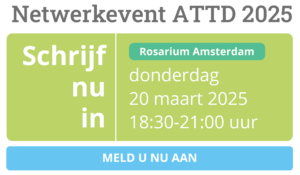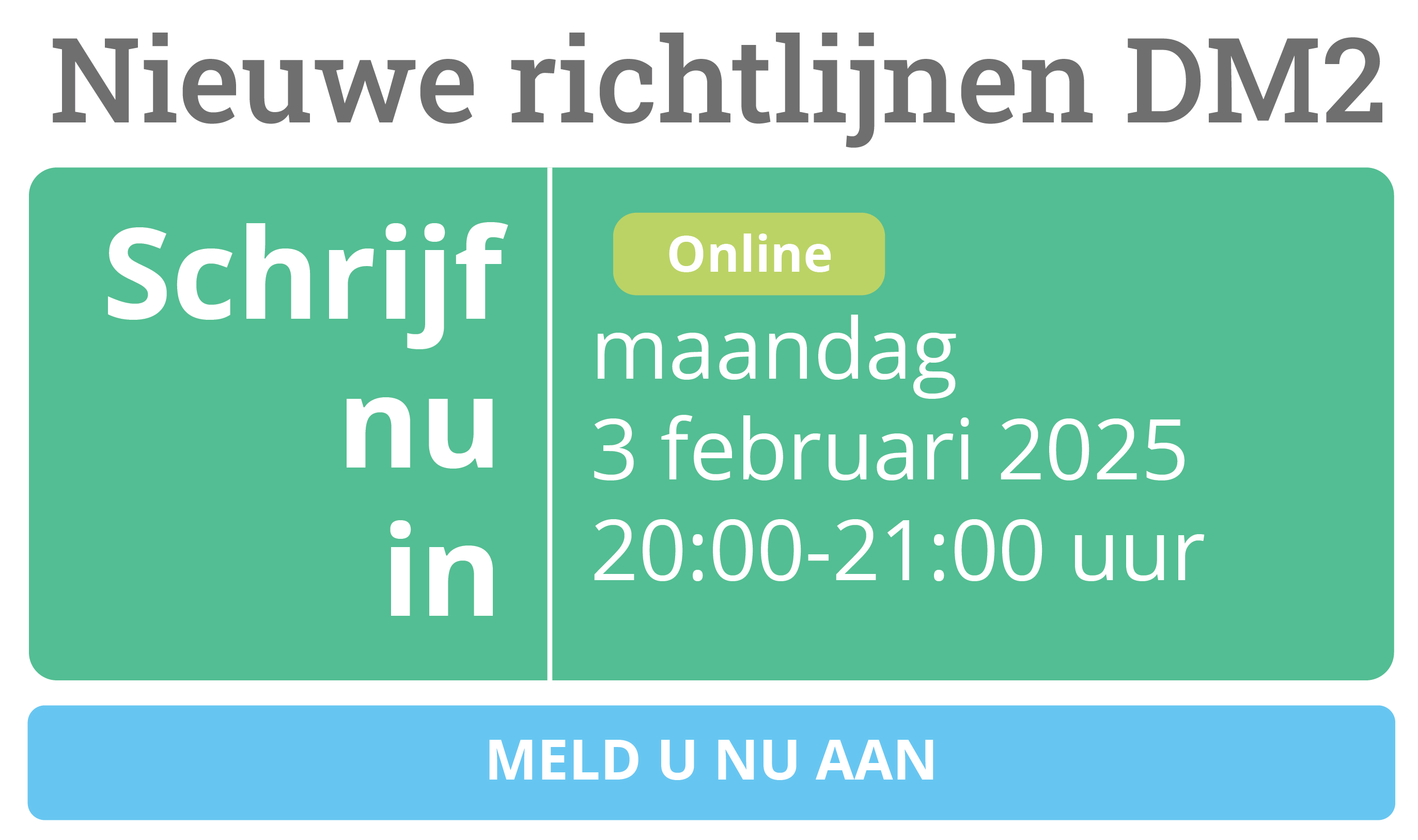To identify preinfection risk factors for adverse outcomes among veterans with diabetes and coronavirus disease 2019 (COVID-19) infection.
We identified all Veterans Health Administration patients with diabetes and one or more positive nasal swab(s) for severe acute respiratory syndrome coronavirus 2 (1 March 2020–10 March 2021) (n = 64,892). We examined associations of HbA1c and glucose-lowering medication use with hospitalization, intensive care unit (ICU) admission, and mortality at 30 days using logistic regression models and during 4.4 months of follow-up (range <1–13.1) using proportional hazards models.
Compared with HbA1c <7.0%, HbA1c ≥9.0% was associated with higher odds of hospitalization, ICU admission, and death at 30 days (odds ratio [OR] 1.27 [95% CI 1.19–1.35], 1.28 [95% CI 1.15–1.42], 1.30 [95% CI 1.17–1.44], respectively) as well as higher risk of death over 4.4 months (hazard ratio [HR] 1.22 [95% CI 1.12–1.32]). Insulin use was associated with higher odds of hospitalization, ICU admission, and death (OR 1.12 [95% CI 1.07–1.18], 1.12 [95% CI 1.04–1.22], and 1.18 [95% CI 1.09–1.27], respectively) and higher risk of death (HR 1.12 [95% CI 1.07–1.18]). Sodium–glucose cotransporter 2 inhibitor (SGLT2i), glucagon-like peptide-1 receptor agonist (GLP1-RA), or angiotensin receptor blocker use were associated with lower odds of hospitalization (OR 0.92 [95% CI 0.85–0.99], 0.88 [95% CI 0.81–0.96], and 0.94 [95% CI 0.89–0.99], respectively). Metformin and SGLT2i use were associated with lower odds (OR 0.84 [95% CI 0.78–0.91], 0.82 [95% CI 0.72–0.94], respectively) and risk of death (HR 0.84 [95% CI 0.79–0.89], 0.82 [95% CI 0.74–0.92], respectively).
Among veterans with diabetes and COVID-19, higher HbA1c and insulin use were directly associated with adverse outcomes, while use of a GLP1-RA, metformin, and SGLT2i was inversely associated.



